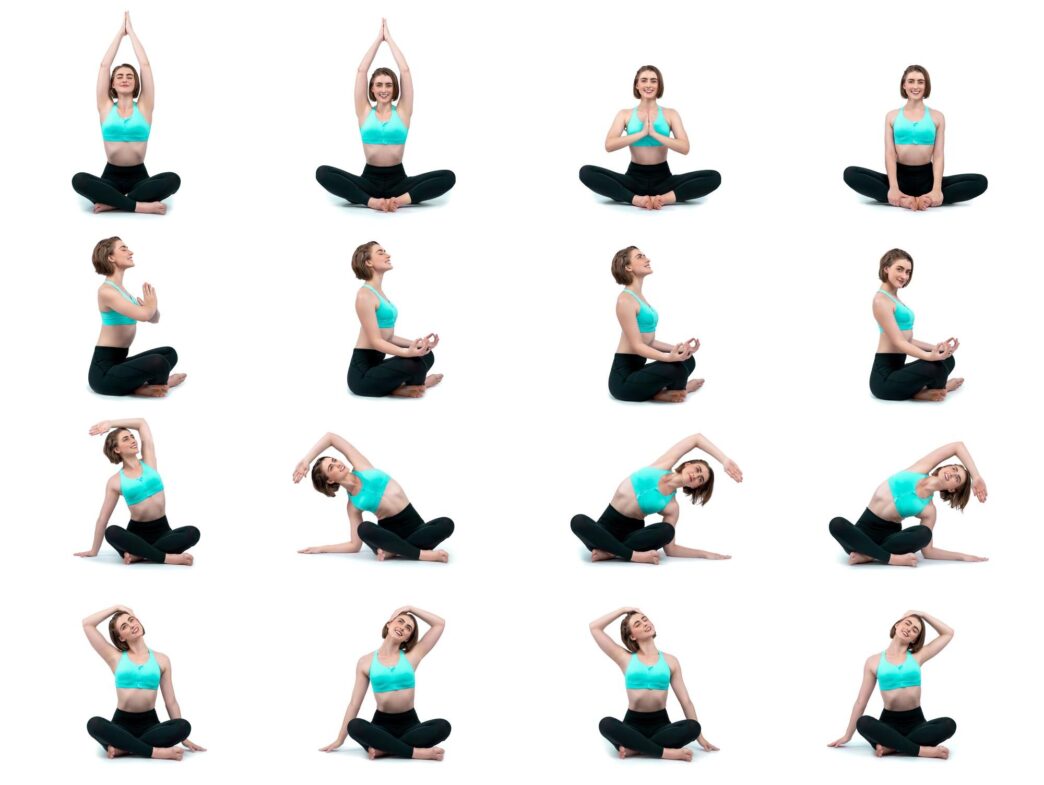A Quick Takeaway
The Story Behind the Trend
How to Make It Work for You
The Community View
Achieving optimal posture is crucial for anyone seeking to enhance their overall well-being, reduce pain, and improve functional movement. By consistently integrating targeted exercises into your routine, individuals can effectively correct common postural imbalances such as rounded shoulders, anterior pelvic tilt, and forward head posture, leading to a stronger, more aligned body and a significant reduction in discomfort. These corrective strategies are essential for maintaining a healthy musculoskeletal system, whether you are an athlete, an office worker, or simply striving for a more comfortable daily existence.
The Foundation of Good Posture
Good posture is more than just standing up straight; it is the alignment of your body in a way that places the least amount of strain on supporting muscles and ligaments during movement or weight-bearing activities. It ensures your bones are correctly aligned, allowing muscles to be used efficiently and reducing abnormal wear and tear on joint surfaces. Furthermore, proper posture can prevent backaches, muscle fatigue, and even improve breathing and digestion.
Poor posture, conversely, can lead to a cascade of issues including chronic pain, headaches, reduced athletic performance, and increased risk of injury. Modern lifestyles, characterized by prolonged sitting and reliance on digital devices, often contribute significantly to these detrimental postural habits. Recognizing and addressing these imbalances early is key to long-term health.
Common Posture Issues and Their Solutions
Several common postural deviations plague many individuals, often stemming from daily habits and muscle imbalances. Understanding these issues is the first step toward correcting them with specific exercises.
Rounded Shoulders (Thoracic Kyphosis)
Rounded shoulders occur when the upper back has an excessive forward curve, causing the shoulders to slump forward and inward. This is often exacerbated by prolonged desk work, driving, or activities that keep the arms in front of the body.
Corrective Exercises for Rounded Shoulders
- Wall Angels: Stand with your back against a wall, feet shoulder-width apart. Press your lower back, shoulders, and head against the wall. Bring your arms up with elbows bent at 90 degrees, forearms against the wall. Slowly slide your arms up and down, keeping contact with the wall. This exercise improves thoracic mobility and strengthens the upper back.
- Band Pull-Aparts: Hold a resistance band with both hands, palms down, arms extended in front of you at shoulder height. Keeping your arms straight, pull the band apart by squeezing your shoulder blades together. This targets the upper back muscles, helping to counteract chest tightness.
- Pectoral Stretch in a Doorway: Stand in a doorway with one arm (or both) bent at 90 degrees, forearm resting on the doorframe. Gently lean forward until you feel a stretch across your chest. This helps lengthen tight chest muscles that pull the shoulders forward.
Anterior Pelvic Tilt
Anterior pelvic tilt is characterized by the pelvis tilting forward, leading to an exaggerated arch in the lower back (lordosis) and often a protruding abdomen. It typically results from tight hip flexors and weak glutes and core muscles, common in those who sit for extended periods.
Corrective Exercises for Anterior Pelvic Tilt
- Glute Bridges: Lie on your back with knees bent, feet flat on the floor close to your glutes. Engage your core and squeeze your glutes to lift your hips off the floor until your body forms a straight line from shoulders to knees. This strengthens the glutes and hamstrings, which are crucial for pelvic stability.
- Plank: Start in a push-up position, then lower onto your forearms, keeping your body in a straight line from head to heels. Engage your core and glutes, ensuring your hips do not sag or rise too high. The plank effectively strengthens the entire core, helping to stabilize the pelvis.
- Hip Flexor Stretch: Kneel on one knee with the other foot flat on the floor in front of you. Gently push your hips forward, keeping your torso upright, until you feel a stretch in the front of the hip of your kneeling leg. This releases tension in tight hip flexors.
Forward Head Posture (“Tech Neck”)
Forward head posture occurs when the head juts forward, placing significant strain on the neck muscles and cervical spine. This is a prevalent issue due to prolonged use of smartphones, computers, and other devices where the head is consistently tilted downwards.
Corrective Exercises for Forward Head Posture
- Chin Tucks: Lie on your back or sit upright. Gently pull your chin straight back as if trying to make a double chin, keeping your eyes level. Hold for a few seconds and release. This strengthens the deep neck flexors and helps realign the head over the spine.
- Upper Trapezius Stretch: Sit or stand tall. Gently tilt your head to one side, bringing your ear towards your shoulder. Use your hand to gently deepen the stretch if comfortable. This relieves tension in the muscles running from the neck to the shoulders.
- Neck Extension with Resistance: Place your hand on the back of your head. Gently press your head backward into your hand, resisting the movement with your hand. Hold for 5-10 seconds. This builds strength in the posterior neck muscles.
Integrating Posture Correction into Daily Life
Correcting posture requires consistent effort and awareness beyond just dedicated exercise sessions. Pay attention to your posture throughout the day, especially when sitting or standing for long periods. Set up an ergonomic workstation that supports proper alignment, ensuring your computer screen is at eye level and your feet are flat on the floor. Regular breaks to move and stretch are also vital to prevent stiffness and muscle fatigue. Consistency in both awareness and exercise is paramount for lasting improvement.







